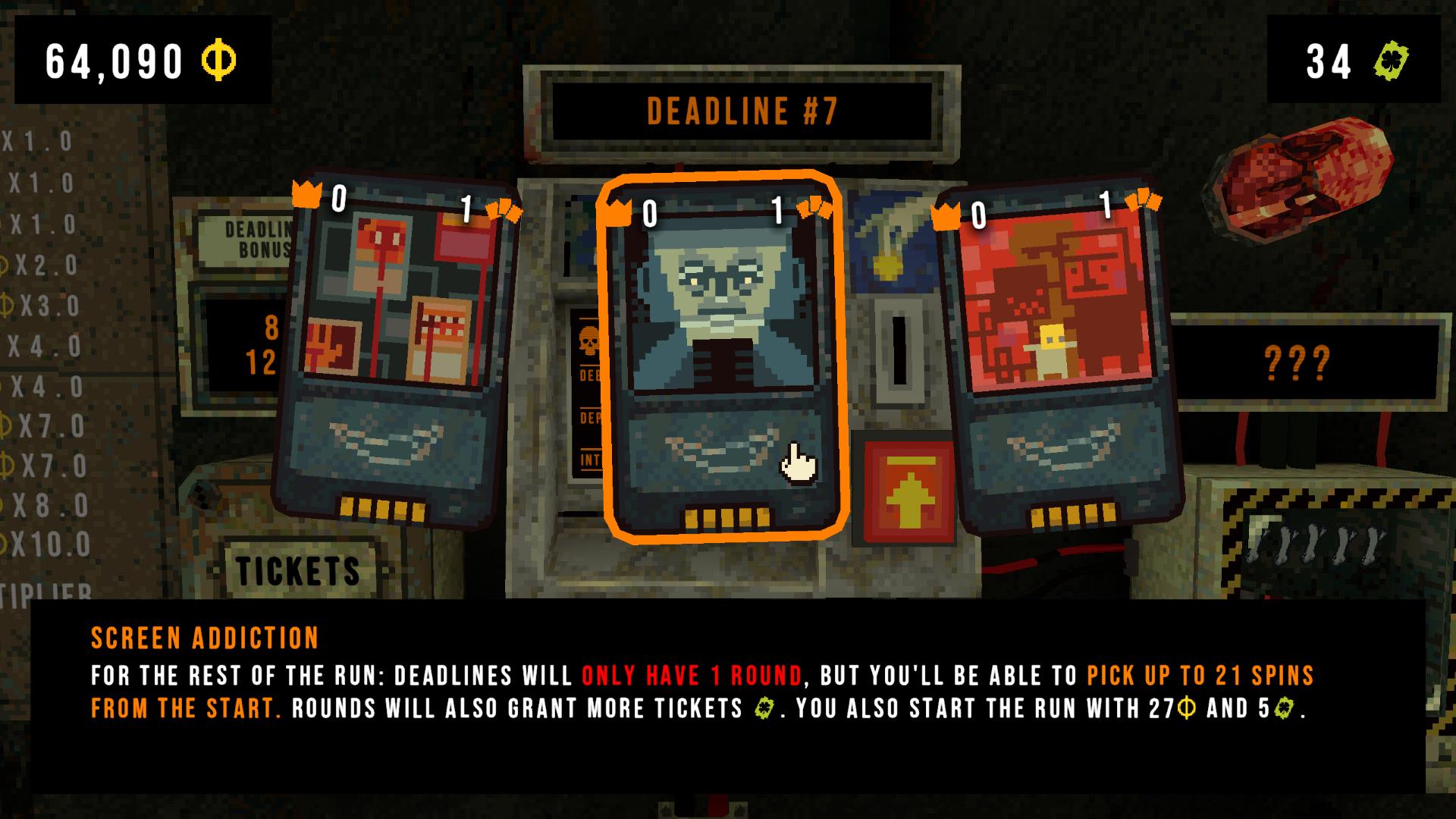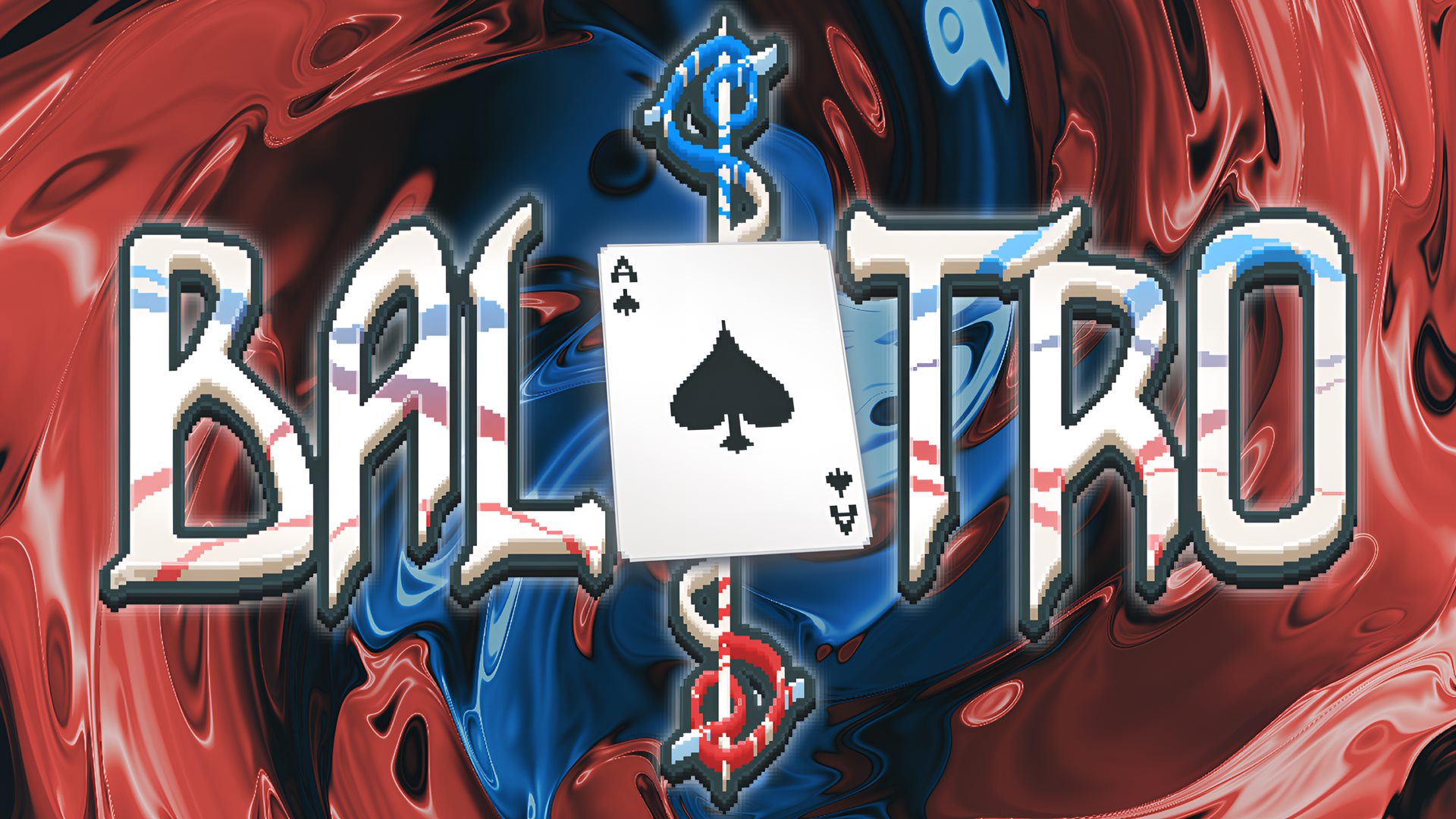Review: CloverPit — Let’s Go Gambling
October 8, 2025
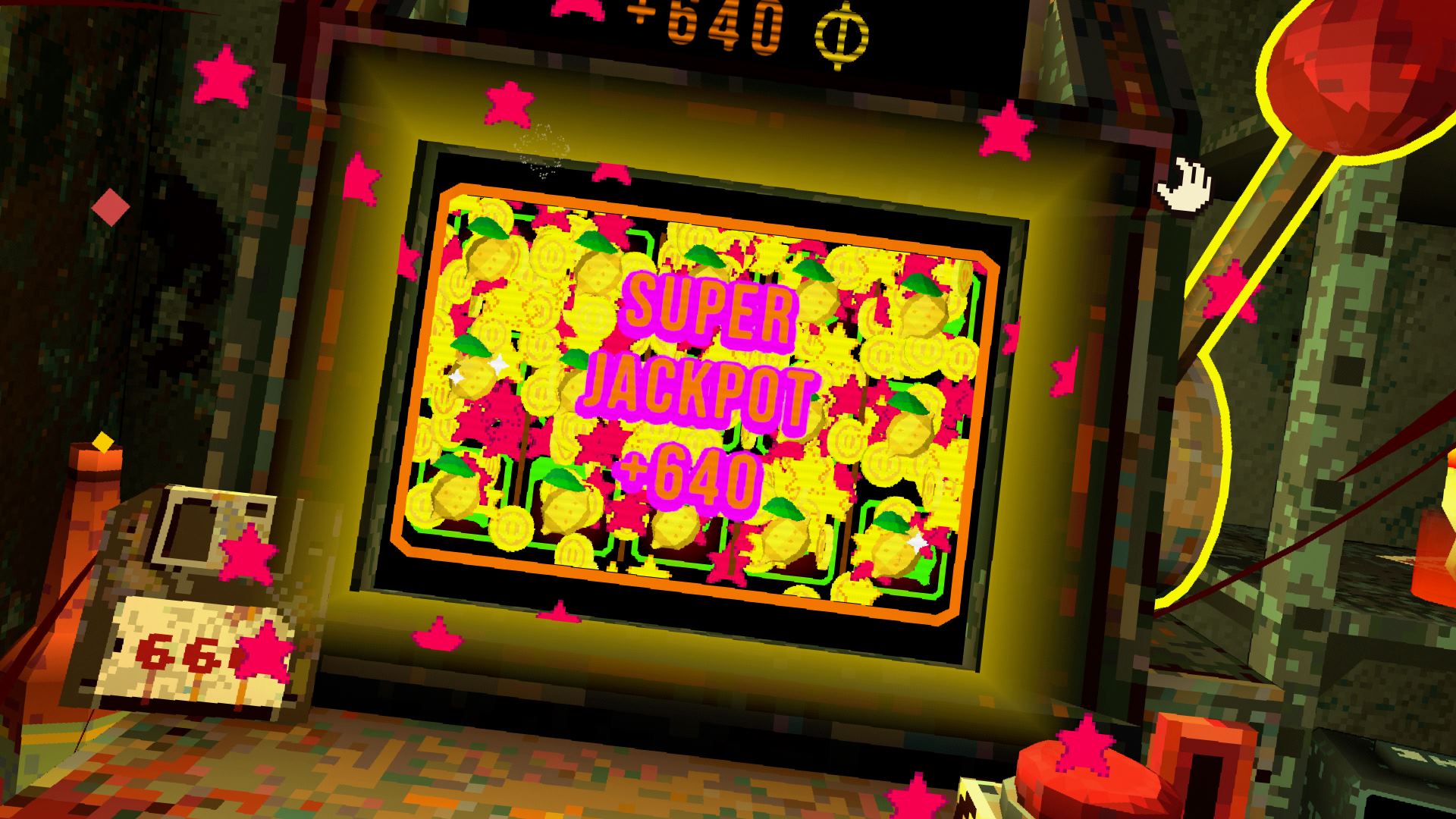
The roguelike genre has fully embraced the thrills of gambling, and CloverPit might just be its most captivating example yet. While CloverPit leans heavily into its slot machine gameplay, the game’s appeal goes well beyond the simple rush of addiction.
For one, CloverPit’s horror theming really serves it well. The strong ambience makes every little thing feel more charming. CloverPit, in general, does a great job of maintaining player interest. The game’s replayability comes from genuinely good design. And, well, yes, the numbers getting big is pretty satisfying. It definitely makes it easy to come back to.
Disclosure: A free review copy of CloverPit was received for the purposes of this publication.
Enjoyability: 11/12 — Big Number Go Up
How could a game based around slot machines not be fun? Getting lucky in CloverPit is one thing, but what really elevates the experience is the amount of player agency present. Good results come from good strategies. Sure, you could hit the jackpot off of pure luck, but what’s more satisfying is seeing your decisions pay off.
The roguelike nature of CloverPit makes it a blast to explore at first. Unlocking the different charms and trying them out is fun in and of itself. Adapting that knowledge takes things to the next level. Much like Balatro, there’s nothing more rewarding than seeing your efforts pay off. CloverPit just barely doesn’t reach the same heights of the former Game of the Year nominee.
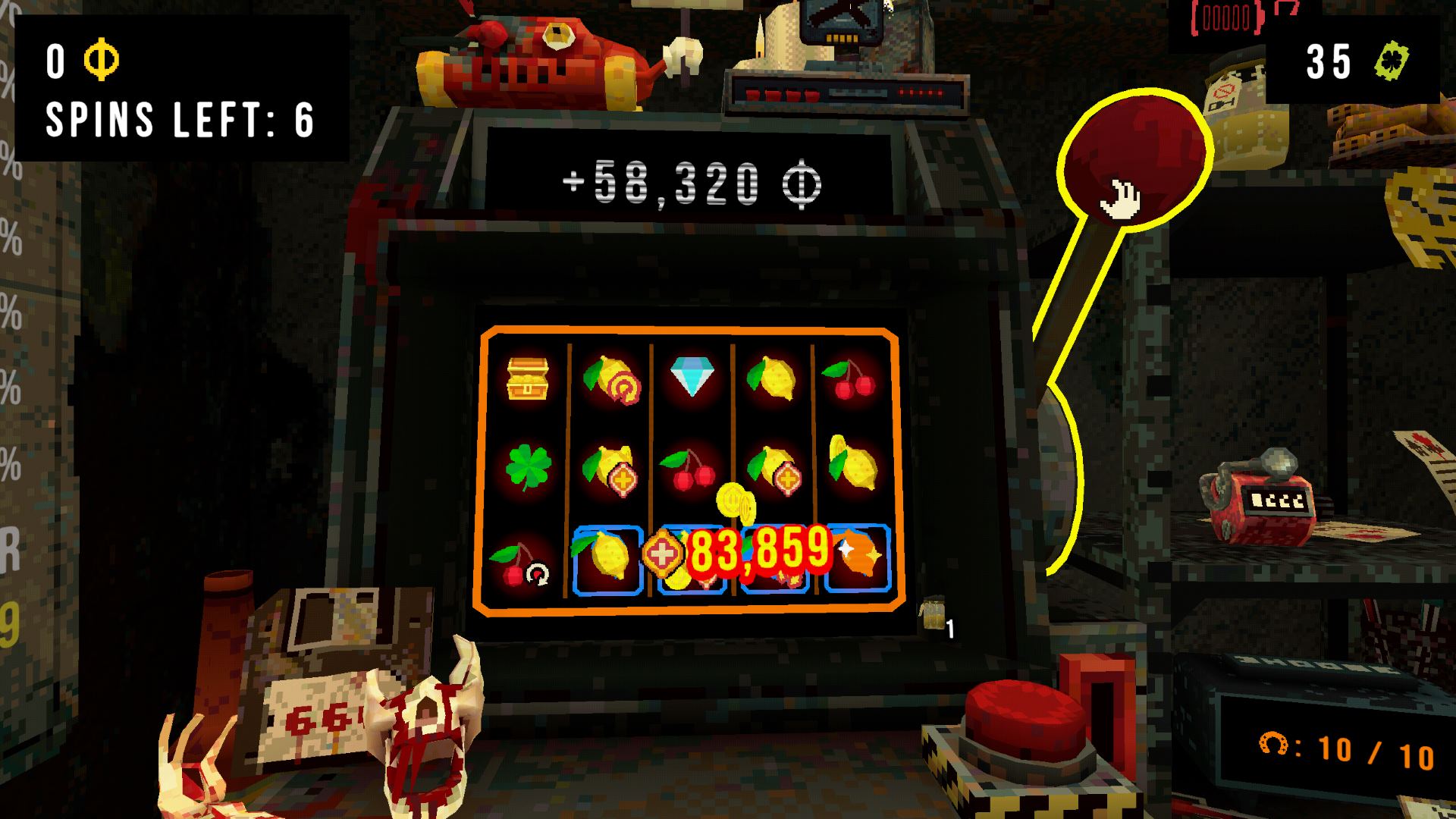
Gameplay: 10/12 — Spin To Win
CloverPit isn’t very complicated. The usual rules of slot machines apply to this game. How you succeed depends on how you rig the game in your favor. To accomplish that, CloverPit provides a plethora of charms to pick from. Or rather, buy from. Managing resources is actually quite important in CloverPit. Refreshing the shop, buying new charms, adding to your total interest — it all needs to be navigated properly.
Accruing the perfect set of charms is rarely going to happen, so pivoting to a temporary strategy is going to happen quite a lot in CloverPit. Knowing when to swap to something new is fairly important. Ideally, you want to find synergy between your charms. Getting more value out of every spin is absolutely essential. There’s different ways to get there.
The phone call power-ups definitely need a mention, because they can drastically impact a run. Changing the appearance rate of the symbols, for example, can totally change how you operate going forward. It’s a nice addition, forcing players to be a little more flexible than they may want to be.
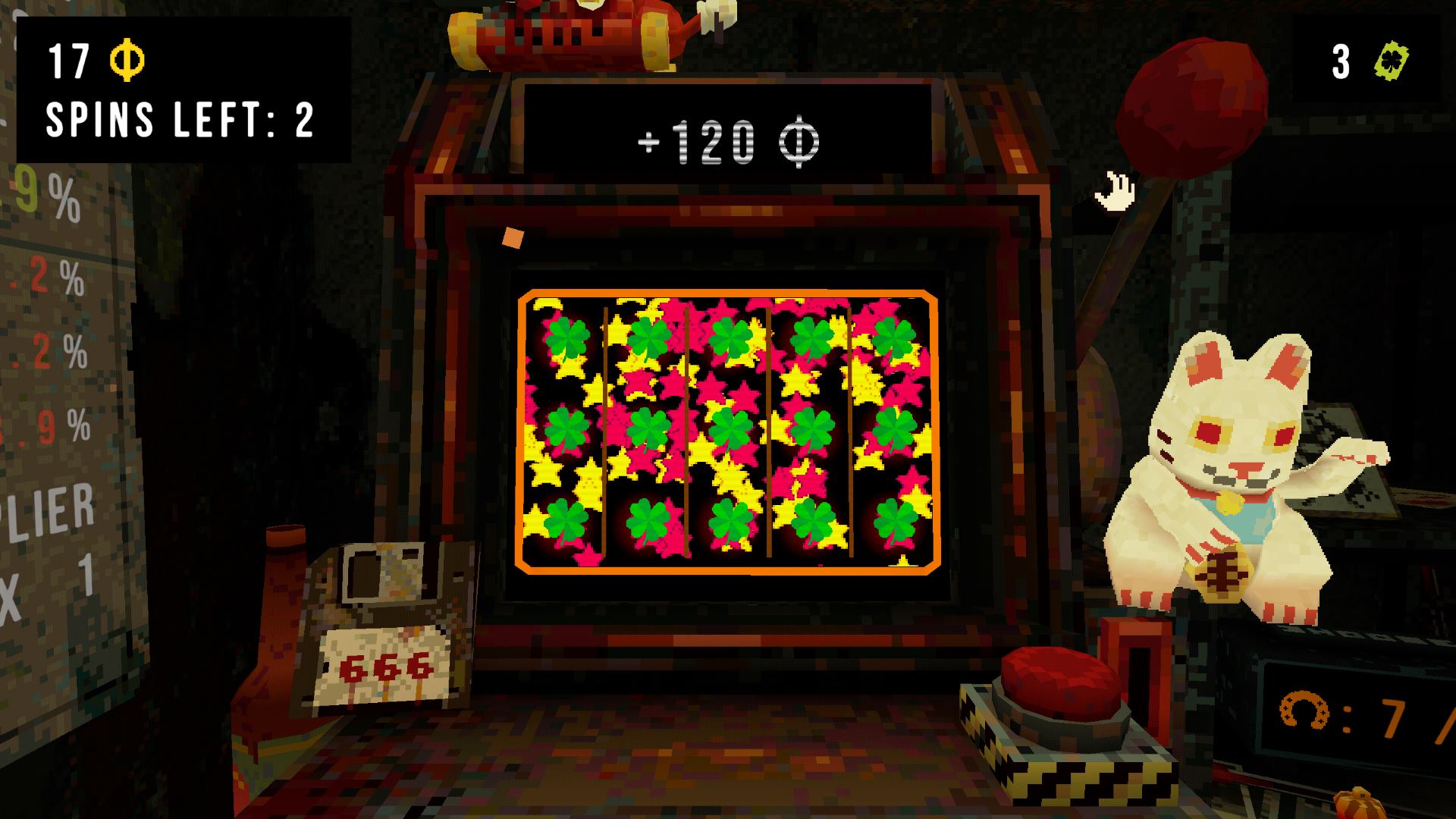
Atmosphere: 10/12 — A Quirky Kind Of Eerie
The imagery in CloverPit is dark and grungy. There are satanic references all over the place, bloody body parts that spawn in drawers, and a pervasive sense of unease that never truly lets up. CloverPit obviously doesn’t focus on being scary, but it does a great job of being the right kind of moody. There’s a vague quirkiness to the game, too, that makes it even more mesmerizing. CloverPit’s atmosphere may not be the game’s greatest selling point, but it absolutely deserves some respect.
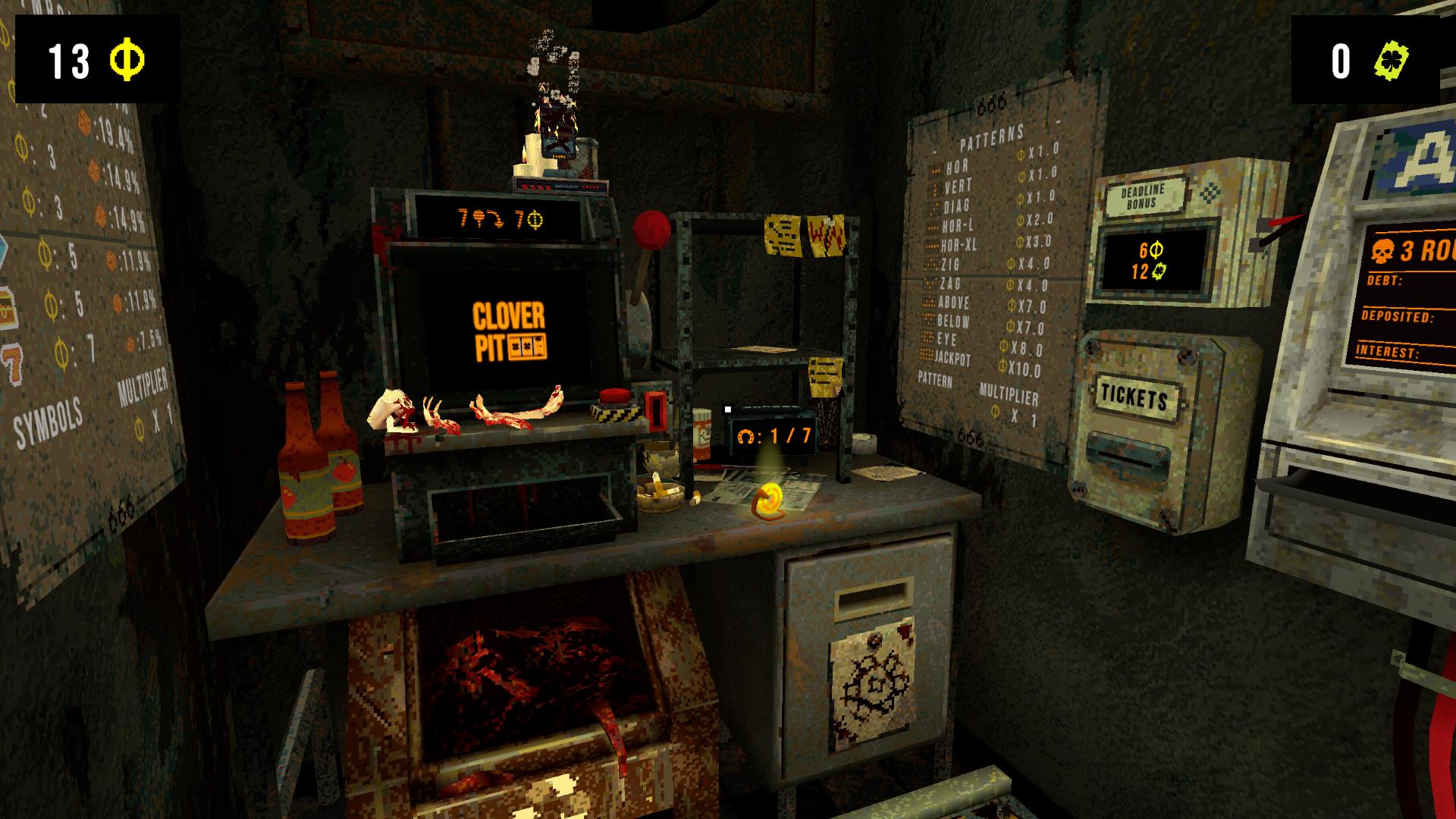
Design: 10/12 — Everything Clicks Together
What separates the best roguelikes from the rest almost always comes down to the game design. You can make a roguelike as gorgeous and complex as you want, but if anything in the design feels off, players will notice it immediately. CloverPit has no such problems there, which is truly impressive. Making a game centered around slot machines feel balanced is no small feat.
Major props need to also be given to the gameplay loop in CloverPit, because it helps pace the game perfectly. You get the right amount of time to adjust to the game’s mechanics before more possibilities start opening up. The charms that you gradually unlock slowly begin to reveal the full depth of the game. It’s a clever way to reward players, and it definitely works for retention. There’s just more and more to fall in love with.
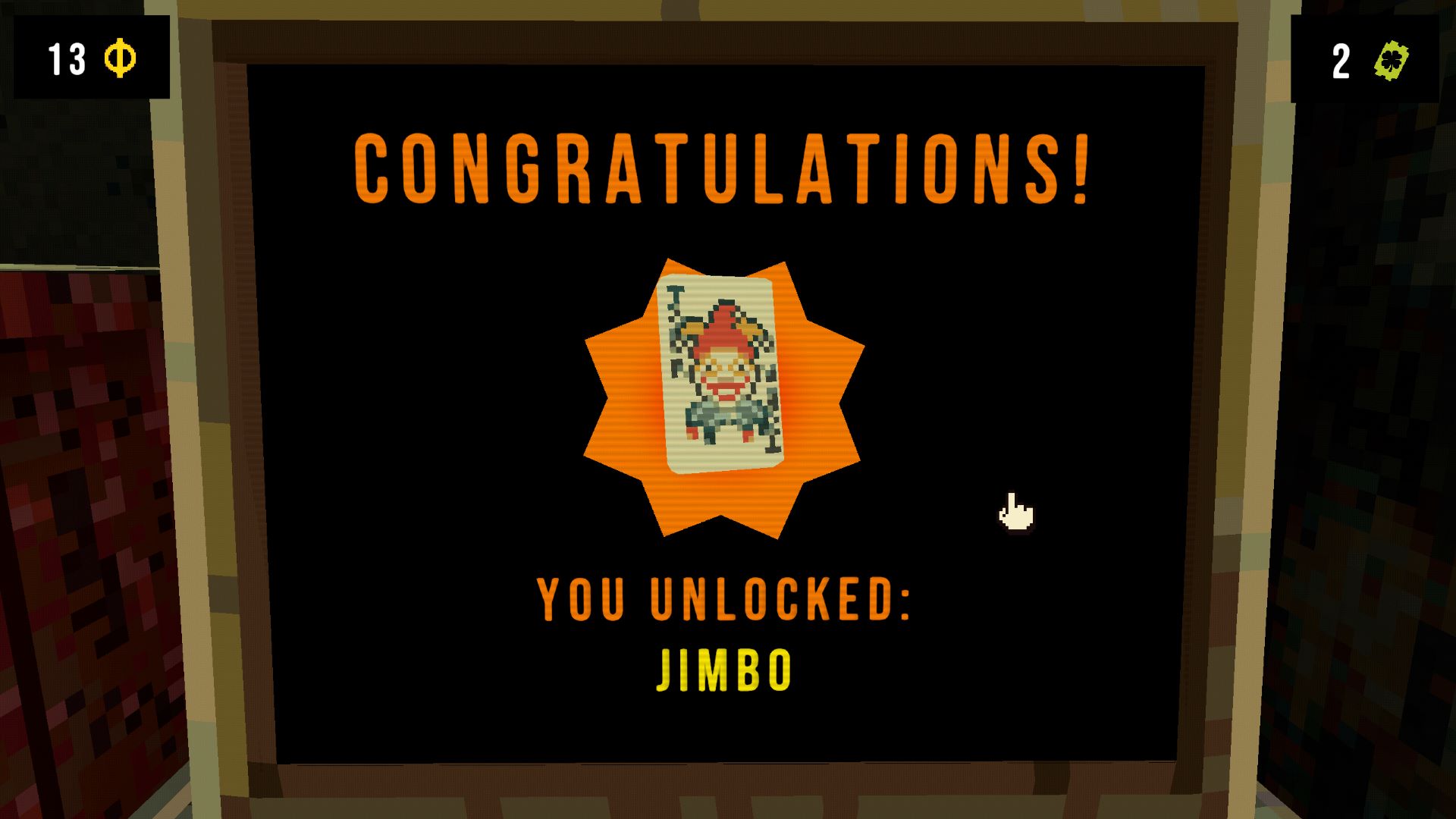
Direction: 10/12 — One More, Because Why Not?
CloverPit gives you a relatively simple goal — escape the filthy room you’re trapped in. That’s not actually possible on your first runs, however, as the first unlockable keys open drawers inside the room instead of the locked exit door. So yes — somewhat surprisingly — there’s an actual end goal to CloverPit. That’s both a strength and weakness for the game.
Related Read
On the one hand, it’s good to feel like your runs have purpose. It’s rooted in more than just pride; there’s something to actually work toward. On the other hand, a game like CloverPit feeling solved isn’t particularly conducive to extended play. Memory cards somewhat add to the replayability by changing the rules, but the fact that they’re consumable really kills a lot of intrigue. Still, you’re likely to get everything that you need out of the CloverPit experience. The game being so fun is mostly captivating enough.
